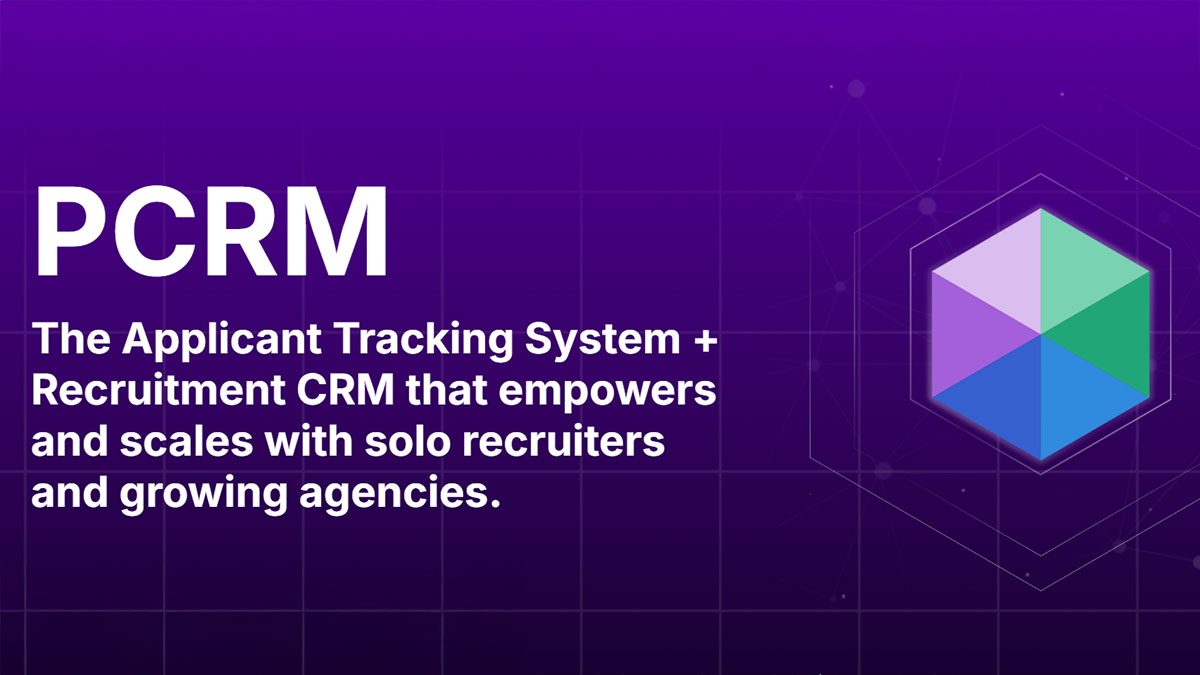The ‘Available’ date field on a name record seems like any other date field in the system, but it does have some special properties when used in conjunction with the ‘Contractor/Temp’ Status. Today’s video shows you what it can do.
If you have any comments or suggestions for something we can explain in about two minutes, send an email to twominutetuesday@mainsequence.net
We’re here with another Two Minute Tuesday, Main Sequence’s series of short videos with tips, tricks, and tutorials to help make you a more powerful PCRecruiter user.
In this week’s video, we’re going to be looking at how to use the ‘Available’ date field on Name records in PCRecruiter, which can make it easier to see who’s open for placement and who is currently off the market. This is primarily useful to those of you doing contract placements or temporary assignments, but it may come in handy for others as well. The ‘Available’ field, in short, is where we store the date on which the person will be free, and it can be searched like any other date field in the system, but there are some special properties associated with the field when the contact has been designated as a contractor.
First, we need to set the Status of the Name record to ‘Contractor/Temp’. Most Names in your database will have the default ‘Candidate’ status. We simply switch the field and save the record to flag them as someone we would be considering for non-permanent placements.
Next we’ll look for the ‘Available’ field. Where this field shows up on the screen will depend on your custom layout of the Name record. It’s a standard field that comes with the database, so if you don’t see it, you can add it to your screen by using the ‘Customize’ feature.
Now, this contractor is on vacation until January 9, so we can either manually type in that date, or use the calendar popup to choose it before saving the record. The other way in which the ‘Available’ field can be filled out is via the Contract Placement screen. If we’re placing this contractor on an assignment and we fill in the optional ‘Contract End’ date for the Placement, that date will also be pushed into the ‘Available’ field on the contractor’s name, indicating that they’ll be available again once the assignment is over with. If the ending date for an assignment should need to be updated or changed, we’ll want to update it from the Placement record rather than updating the ‘Available’ field on the name directly so that the two dates are consistent.
Now that we have a date in the field, any time this name turns up in a search result, we can see an availability indicator. If the date in the Available field is in the past, or is empty, the contractor will be labeled as Available in the results list. If the date is in the future, they’ll show up as Not Available.
Another place where the Available date comes into play is the Contract Search option, which we can find in the main menu. This is a special search feature that only returns names with Contractor/Temp status. When we use the options here, the same Available field from the Name record will be used to indicate the contractor’s availability. This means we can see who’s open and who isn’t, even if they are not nor have ever been actually placed on any assignments.
For all the latest on PCRecruiter, watch our blog posts on your PCR login screen, follow us on Facebook, LinkedIn, and Twitter, join the PCRecruiter LinkedIn users group, and subscribe to this YouTube channel. If you have any topics or suggestions for future Two Minute Tuesdays, send an email to twominutetuesday@mainsequence.net.

PCRecruiter’s AI tools for content generation, candidate summary, and internal data search are now available FREE for a limited time.
Read more
PCRM — the CRM and Recruitment ATS hybrid built specifically to empower and scale with solo recruiters and growing agencies — is now available.
Read more
Recruitment professionals are facing a new challenge in today’s digital landscape: scammers posing as legitimate recruiters. These scammers are increasingly targeting remote work job seekers, causing some candidates to become wary of all recruitment outreach.
Read moreFind out more about who we and what we do.